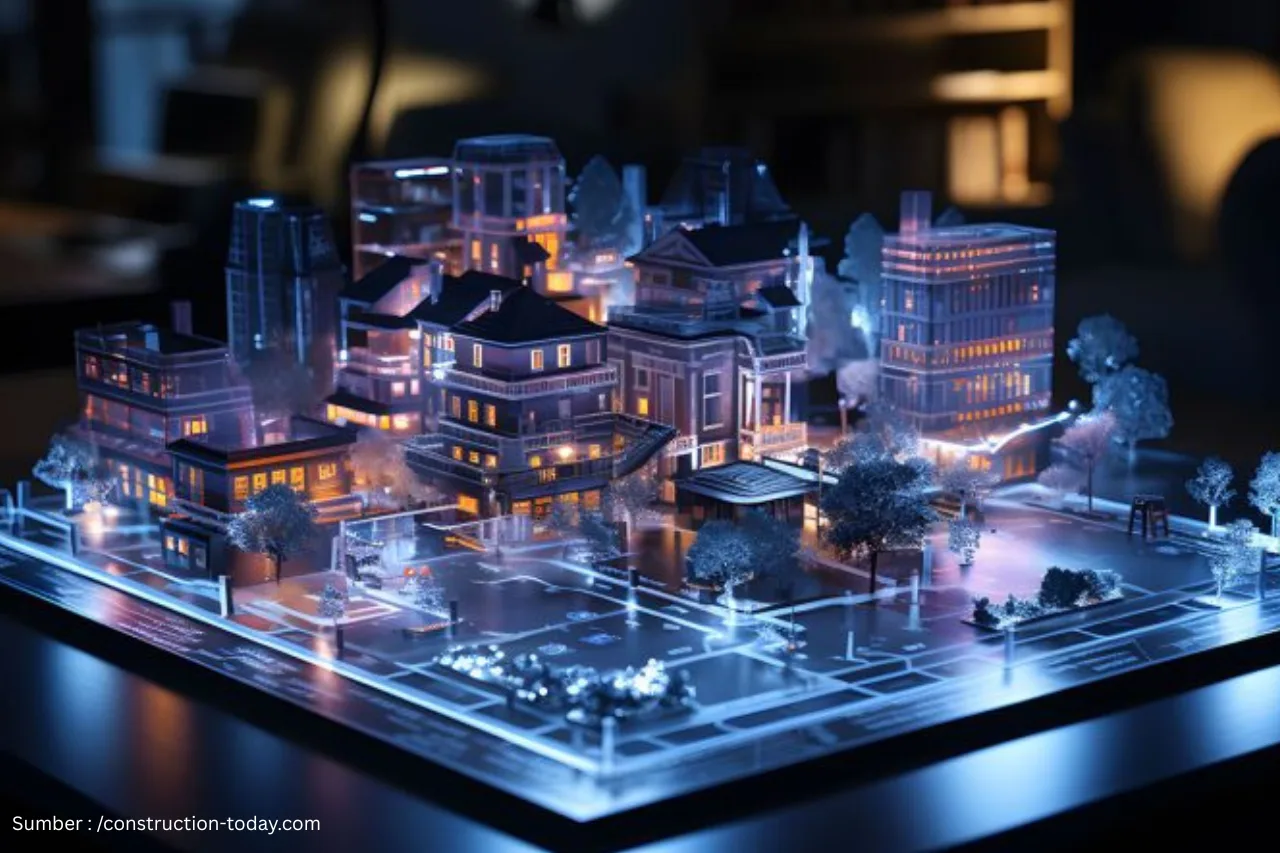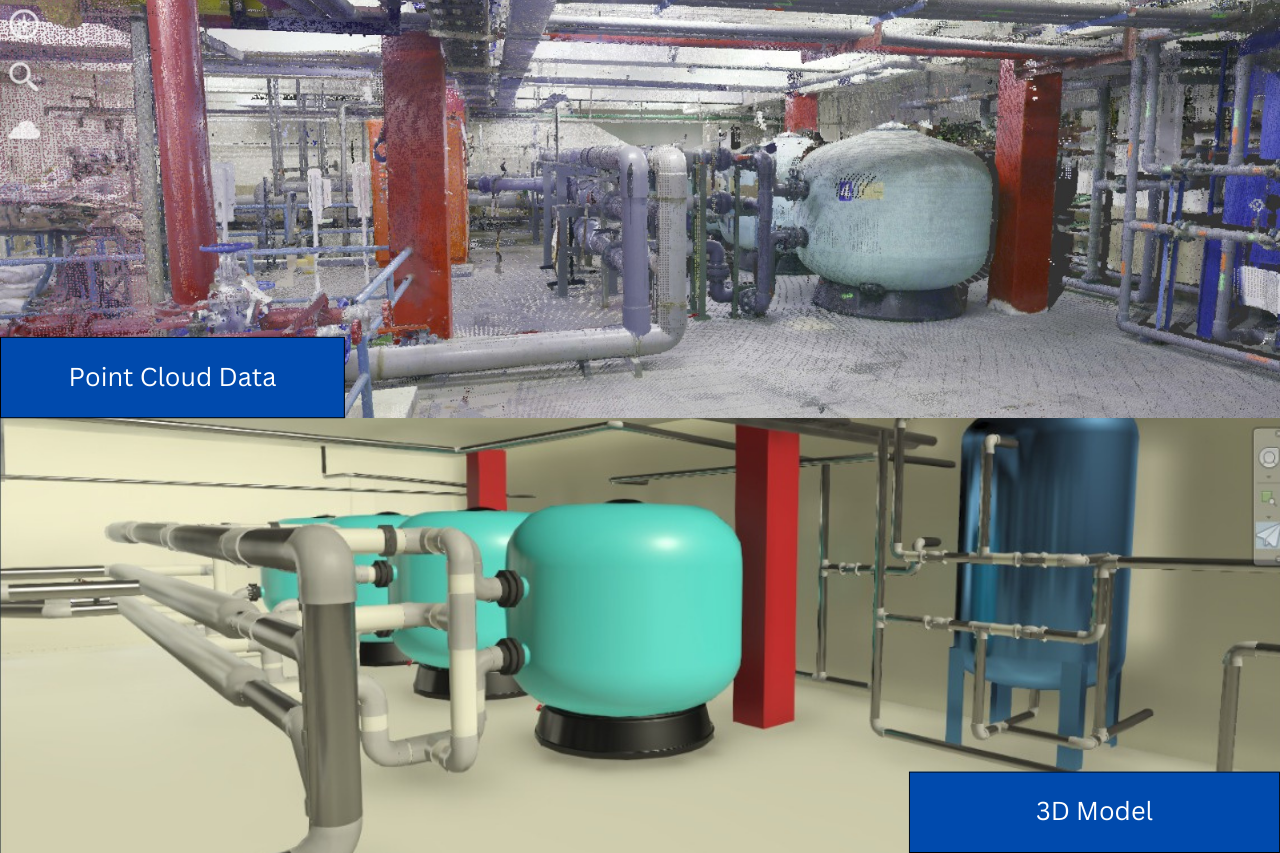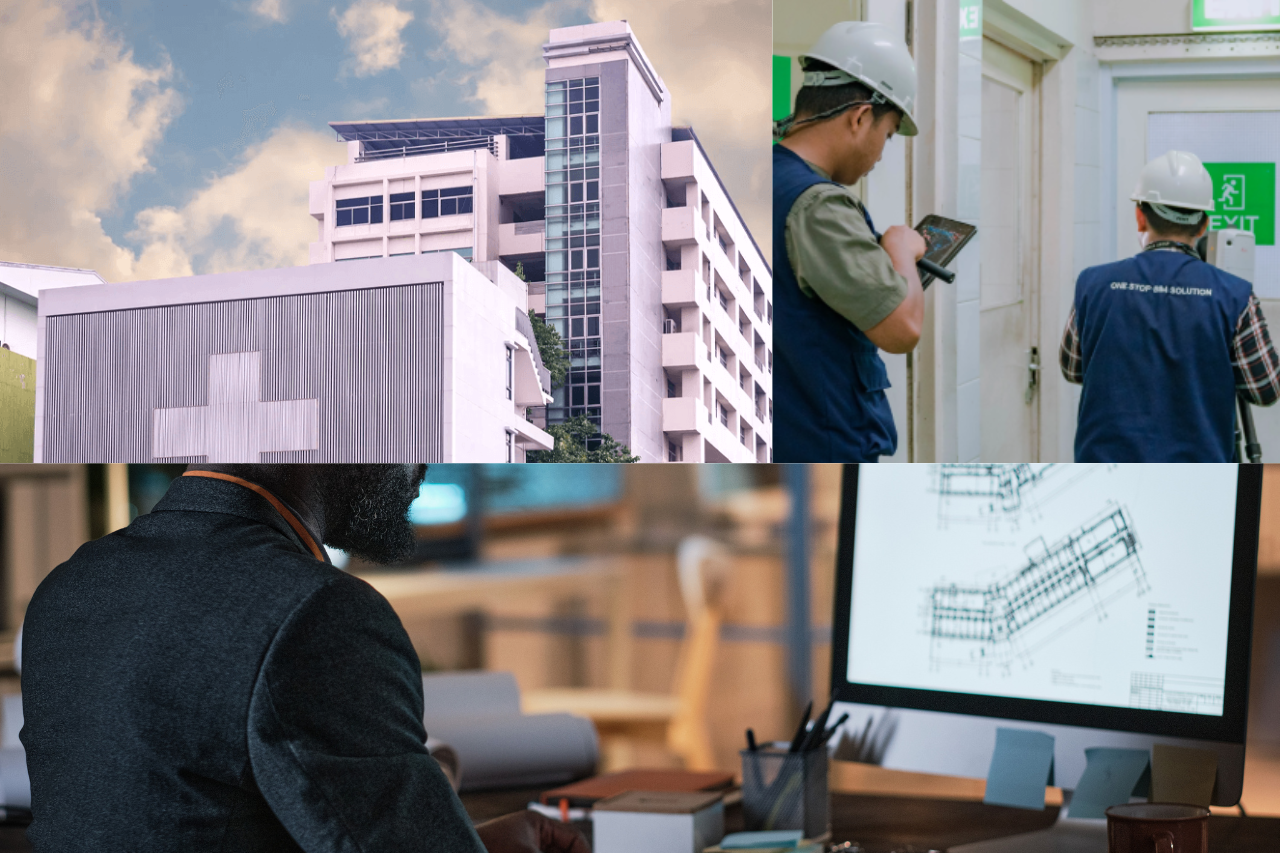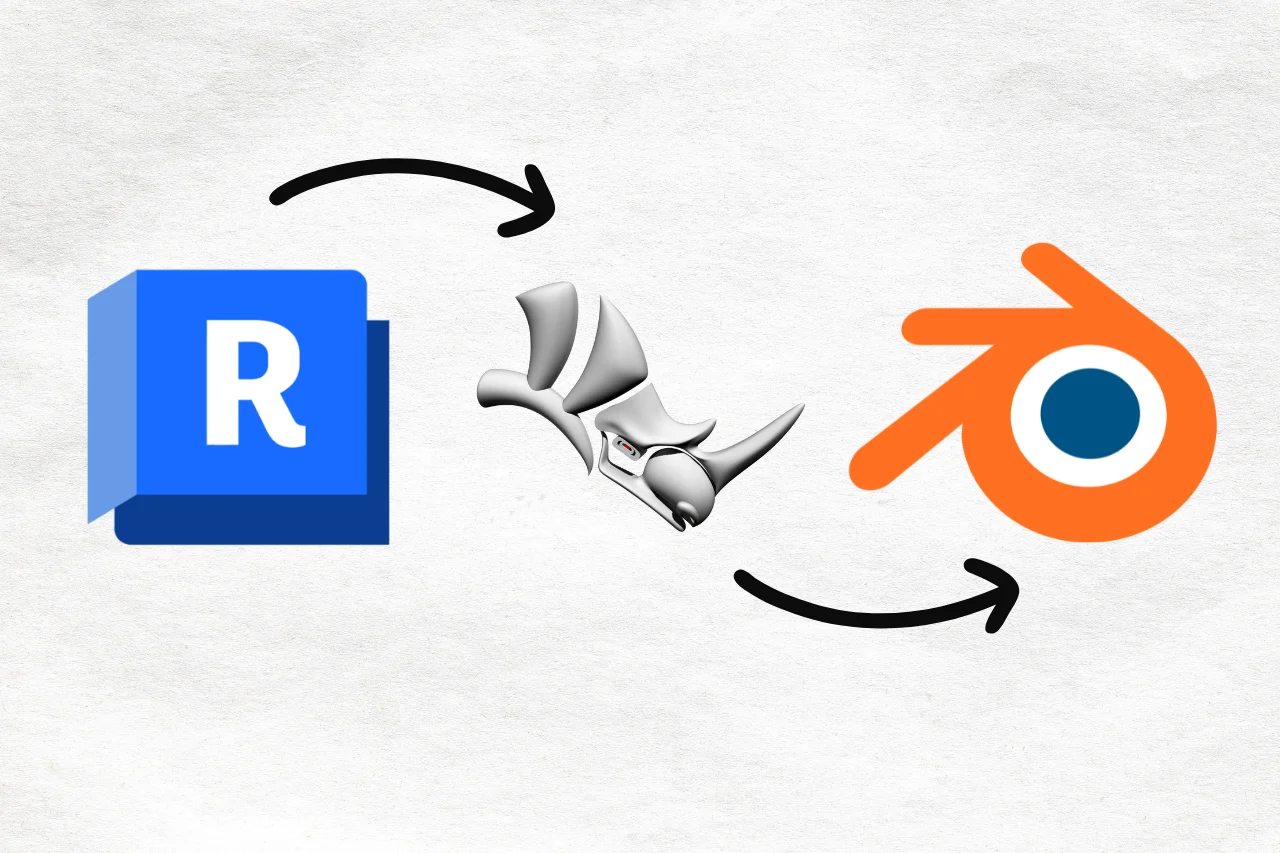One Stop BIM Solution
Building Information Modelling (BIM) has become a global trend in the construction industry. Many countries and international organizations have already adopted BIM as a standard for project execution, aligning with the industry’s growing demand for efficiency and collaboration. However, many people still think that BIM is merely a digital 3D model of a building. In reality, BIM is far more than visualization. It is a comprehensive process that is transforming how the construction industry works. With BIM, building data is no longer fragmented, it is connected, integrated, and managed throughout the entire lifecycle of a project.
What Is BIM?
BIM is a process, not a product
BIM refers to the digital management of building information across its entire lifecycle, spanning planning, design, construction, and maintenance. Unlike traditional 2D drawings, BIM utilizes intelligent 3D models where every component contains detailed information such as material specifications, dimensions, cost estimates, and even scheduling data. With BIM, all stakeholders : architects, engineers, contractors, consultants, and owners, collaborate within a single integrated model. This serves as a single source of truth, minimizing miscommunication and ensuring smoother project coordination.
BIM refers to the digital management of building information across its entire lifecycle, spanning planning, design, construction, and maintenance. Unlike traditional 2D drawings, BIM utilizes intelligent 3D models where every component contains detailed information such as material specifications, dimensions, cost estimates, and even scheduling data. With BIM, all stakeholders : architects, engineers, contractors, consultants, and owners, collaborate within a single integrated model. This serves as a single source of truth, minimizing miscommunication and ensuring smoother project coordination.
Key Advantages of BIM
One of the main reasons why Building Information Modelling (BIM) is increasingly adopted in the construction industry is its ability to deliver significant time and cost efficiency. This advantage becomes even more evident when compared to conventional methods that still rely heavily on 2D drawings.
In traditional 2D workflows, coordination between disciplines often becomes a time-consuming and labor-intensive task. Some common challenges include:
- It takes a lot of time to create, revise, and coordinate drawings.
- There is a high potential for clashes (design conflicts between disciplines) that are only discovered in the field.
- Project documentation (drawings, data, notes) is scattered, making it easy to lose or misplace.
- More personnel are needed just to ensure coordination runs smoothly.
These issues often result in delays, cost overruns, and ineffective communication on-site.
BIM offers a smarter, integrated approach that makes construction processes more efficient, streamlined, and well-documented.
-
One model, one source of truth
All project information is stored in a single digital model, eliminating fragmented or misplaced data.
-
Clash detection from the start
Potential clash between object can be identified during the design phase, preventing costly and time-consuming rework on-site.
-
Automatic updates
Any change in the model is automatically reflected across all related components, removing the need for manual redrawing.
-
Lean collaboration
With an integrated model, architects, engineers, contractors, and owners work from the same source of information. This reduces the need for large teams dedicated solely to verifying consistency across drawings.
BIM and the Future of Construction
As technology advances, BIM is expected to play an even greater role in driving innovation within the construction industry. It not only delivers more detailed models but also improves cross-disciplinary collaboration and enables smarter asset management. More than just a tool, BIM has become the foundation of digital transformation in construction. By embracing BIM, the future of building will be smarter, more efficient, and sustainable, paving the way for greater innovation ahead.
In Indonesia, BIM adoption is also growing rapidly, particularly in large-scale strategic projects. GeoBIM Indonesia is actively contributing to this transformation by providing specialized BIM services, including Scan to BIM, which converts laser scanning (point cloud) data into accurate BIM models. GeoBIM also providing 3D modeling for detailed digital representations of buildings. These services enable faster workflows, greater precision, and stronger decision-making for contractors, consultants, and project owners. By bridging data with design, GeoBIM Indonesia ensures that every stage of the construction lifecycle is supported by accurate, reliable, and integrated information.



.png)



